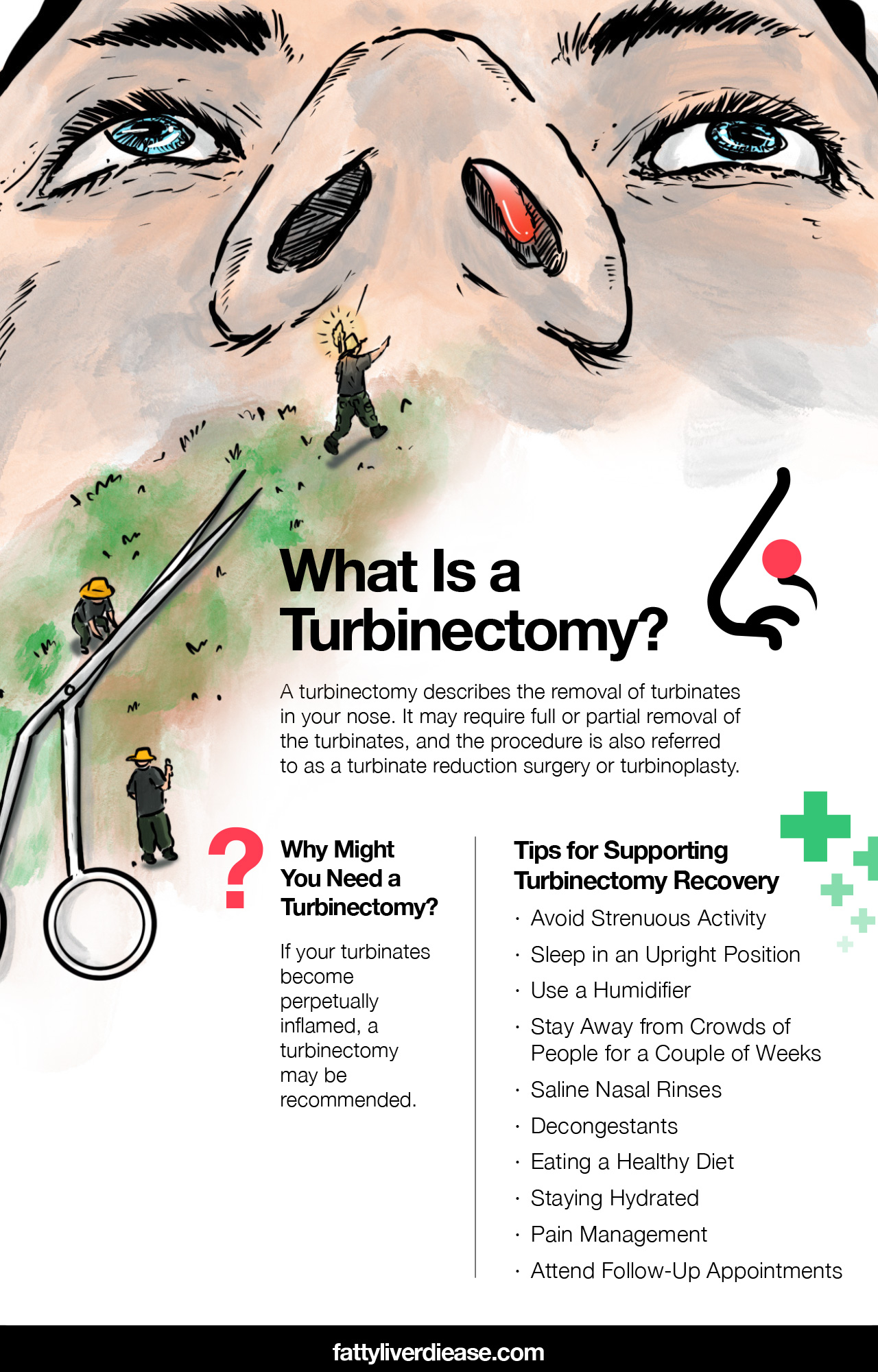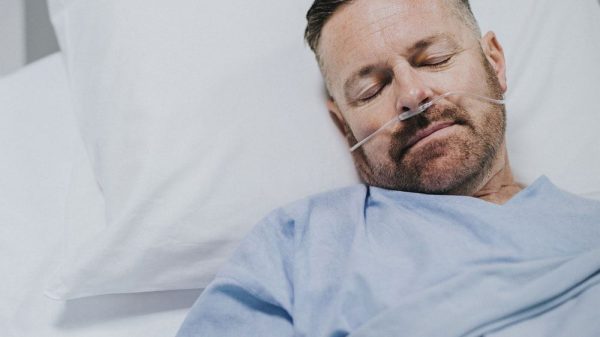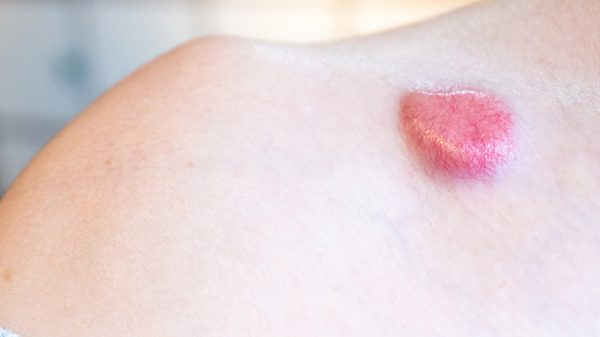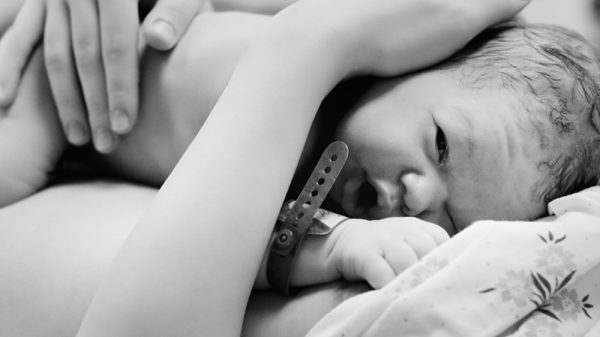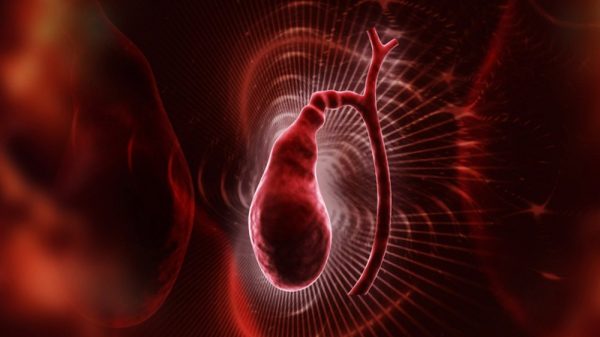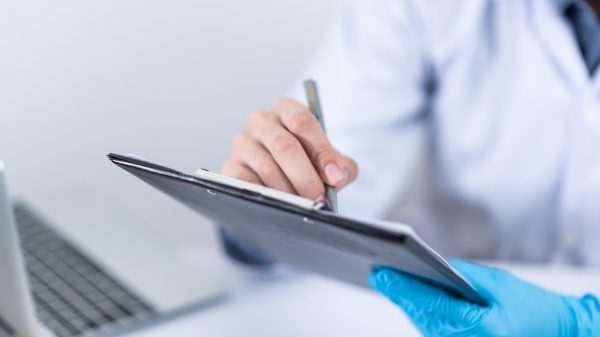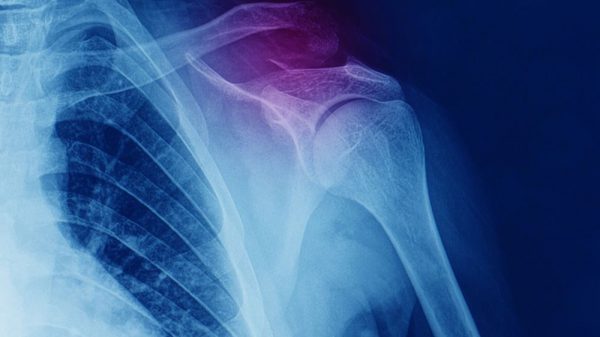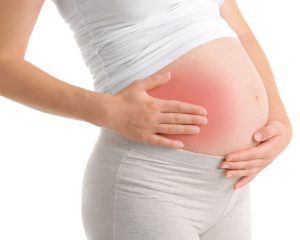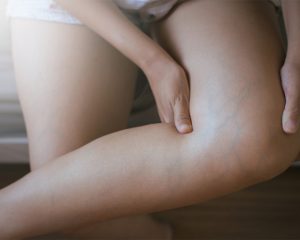Difficulty breathing through the nasal passages is a challenge that much of the population deals with at some point or another, due to a variety of reasons. If you have difficulty breathing through your nose due to inflamed turbinates, then a turbinectomy may be a beneficial surgery for you.
What should you expect during a turbinectomy and the healing process? Keep reading to find out more about turbinectomy surgery and how to support recovery.
What Is a Turbinectomy?
Before we go any further, let’s first discuss what a turbinectomy is and why you might need one.
A turbinectomy describes the removal of turbinates in your nose. A turbinectomy may entail full or partial removal of the turbinates, and the procedure is also referred to as a turbinate reduction surgery or turbinoplasty.
What are turbinates? The turbinates are small appendages within the nose that are made of bone and covered in tissue and nasal membranes. These tiny appendages are responsible for making sure that air traveling into the lungs is filtered and properly humidified. Turbinates also contain sensors that detect the amount of air flowing through the nasal passages and then relay this information to the brain.
We have several sets of turbinates within the nose, called the inferior turbinates, middle turbinates, and superior turbinates. The inferior turbinates are located closest to the nostrils, while the middle turbinates and superior turbinates are located further back in the nasal passages.
Why Might You Need a Turbinectomy?
A turbinectomy may be recommended if your turbinates become perpetually inflamed. The inferior turbinates are most likely to become inflamed, causing a condition called inferior turbinate hypertrophy. When turbinates become inflamed, they increase in size, which can cause a nasal obstruction that interferes with nasal airflow. This can be nasal breathing very difficult and uncomfortable.
Turbinates can become inflamed for a variety of reasons. For example:
- Allergies: Seasonal allergies or allergic reactions to airborne chemicals and other irritants can cause turbinates to become irritated. An inflammatory reaction to irritants called allergic rhinitis.
- Sinus infection: Irritation from a sinus infection can cause the turbinates to swell.
- Genetics: Some people naturally have larger turbinates that are prone to inflammation.
Having blocked airflow can interfere with your quality of life by making it difficult to sleep and breathe through the nose normally. In some instances, enlarged turbinates can worsen conditions like sleep apnea and severe snoring. Inflamed turbinates commonly co-occur with a deviated septum.
Would every case of blocked nasal passages benefit from an inferior turbinectomy, inferior turbinoplasty, or inferior turbinate reduction? Not necessarily. Turbinate reduction surgery is only an option when the turbinates are persistently inflamed and unresponsive to other treatments. Keep in mind that your doctor and surgeon will recommend the best treatment for your specific case.
What to Expect During a Turbinectomy Procedure
A turbinectomy is performed by an otolaryngologist, also known as an ear, nose, and throat (ENT) doctor. An otolaryngologist specializes in a field called otolaryngology, which focuses on head and neck surgery. A turbinectomy procedure is generally very short, ranging in time from 10 to 30 minutes. There are two types of procedures that can reduce the size of turbinates.
One surgical technique uses a small tool called a microdebrider to remove parts of the turbinates. For this procedure, you may be put under general anesthesia, which means you won’t be able to feel anything or be aware of what is going on during the surgery.
Another type of turbinectomy requires the use of an instrument that emits targeted radiofrequency that inflicts damage on the turbinates and reduces their size. This process is called radiofrequency ablation. For this kind of procedure, you may only receive a local anesthetic.
Because inflamed turbinates and a deviated septum often occur together, the surgeon will likely perform a septoplasty and a rhinoplasty during the same operation, if needed. If you are receiving other operations, you will be put under general anesthetic.
Potential Complications
Complications after a turbinectomy are uncommon. However, they are still possible. Your surgeon will always discuss possible complications prior to the surgery. Here are a few examples:
- Empty nose syndrome: Empty nose syndrome (ENS) is a form of atrophic rhinitis and is the result of excessive removal of turbinate tissue. Since the turbinates are usually responsible for monitoring airflow, removing too much turbinate tissue can result in the sensation that you’re not getting enough air, which is a common symptom of ENS. Other symptoms include nosebleeds, perpetual crusting, dryness, and frequent headaches.
- Turbinate regrowth: Sometimes, turbinate tissues can regrow and swell, resulting in a recurrence of turbinate inflammation and nasal blockages. This situation may require further surgery to correct.
- Bleeding: Turbinates have a high concentration of blood vessels, making bleeding one of the more common complications.
- Infection: As with all surgeries, infection is a possible complication after a turbinectomy procedure.
- Altered sense of smell: Though rare, turbinate surgery may interfere with your ability to smell different scents and odors. Sometimes, this side effect is temporary and resolves throughout the course of recovery.
What to Expect During Recovery from a Turbinectomy
Turbinectomy recovery is very similar to the septoplasty recovery, rhinoplasty recovery, and the healing process of other sinus surgeries and nasal surgeries.
In nearly all cases, a turbinectomy is an outpatient procedure, meaning that you can go home on the same day you received the operation. Your surgeon may have put packing in place to protect the healing wound and minimize bleeding. You should be in relatively little pain, in comparison to other surgeries. Swelling after the procedure will improve significantly within a week, though it may take several weeks to see full results.
Tips for Supporting Turbinectomy Recovery
Having tips for the healing process after a turbinectomy helps you make a full recovery and decreases the risk of complications.
1. Avoid Strenuous Activity
Following a turbinectomy procedure, it’s best to avoid strenuous activity for a few days. Lots of running and jumping may temporarily increase blood pressure, increasing the risk of bleeding in the nose. However, gentle movement is beneficial and can keep your blood flowing following surgery.
2. Sleep in an Upright Position
When recovering from a turbinate reduction, it’s crucial to remain upright when resting and sleeping. Keeping your head elevated above your chest makes sure that too much blood doesn’t rush to your head and exert pressure on the walls of blood vessels. Remaining elevated while sleeping and resting can help prevent bleeding.
3. Use a Humidifier
Having a humidifier at home can be immensely helpful for supporting healing from a turbinectomy surgery, especially if you live in a dry climate or it is a dry season. Since crusting within the nose is a normal part of the recovery process, it’s important to make sure that the inside of the nasal cavity remains moist. If the nose becomes dry, this can lead to cracking and bleeding, which can increase the risk of infection.
4. Stay Away from Crowds of People for a Couple of Weeks
Being in crowded areas increases the risk that your nasal airway is exposed to viruses and bacteria. After undergoing a turbinate reduction, tissue exposure during the healing process increases the risk of developing an infection. It’s also important to avoid individuals who are actively sick. If you must spend some time in a more crowded area, be sure that the space is outside or well-ventilated.
5. Saline Nasal Rinses
Your surgeon will likely recommend that you do regular sinus rinses for a portion of your recovery. Saline is a saltwater solution and helps flush bacteria out of the nasal passages, reducing the risk of infection after surgery.
6. Decongestants
Some surgeons may recommend that you use nasal decongestants, either in spray or oral form. These can help support proper drainage and expedite healing. Always use the decongestants that your surgeon prescribes.
7. Eating a Healthy Diet
Eating a healthy and balanced diet can both support healing and fight against infection. The important components of a healthy diet include a balance of macronutrients and micronutrients. Macronutrients include fats, protein, and carbohydrates, while micronutrients include fiber, vitamins, minerals, and antioxidants. Here are some of the most crucial foods to incorporate into your diet after surgery:
- Fruits and veggies: Fruits and vegetables are chock-full of vitamins, minerals, fiber, and antioxidants. The antioxidants in produce are particularly helpful for fighting against oxidative stress and fortifying the immune system as you heal. To support recovery from turbinate surgery, chow down on foods like kale, arugula, mushrooms, sweet potatoes, blueberries, raspberries, and cherries.
- Nuts and seeds: Nuts and seeds contain healthy fats that help reduce inflammation and support the healing process. Excellent choices include walnuts, pecans, flaxseeds, and chia seeds.
- High-quality protein: Eating plenty of protein is particularly critical when you’re healing from an injury or illness. Amino acids are the smallest units of protein and are indispensable for biological functioning. Some amino acids can be synthesized by the body, while others must be obtained from dietary sources. These nutritionally essential amino acids are crucial for nearly all biological processes, such as muscle synthesis and the production of neurotransmitters, enzymes, and hormones. The body uses up even more essential amino acids when the body is healing from injury or illness, so eating enough protein even more important. Animal products such as lean meats, low-fat dairy, and fish are excellent sources of protein that offer optimal ratios of essential amino acids. Vegetable proteins, when combined throughout the day, can also provide optimal ratios of essential amino acids. For example, you can eat plant-based proteins like tofu, beans, whole-grain bread, and nuts to get the essential amino acids you need.
Keep in mind that these are healthy foods to eat as part of your regular diet, to protect against non-communicable diseases like type 2 diabetes and fatty liver disease.
8. Staying Hydrated
Staying hydrated is always important following a surgical procedure. Drinking plenty of water helps tissues stay hydrated and supports cells in functioning properly to support the healing process.
9. Pain Management
Luckily, recovering from a turbinectomy procedure is not very painful. Prescription painkillers won’t be necessary, and any discomfort can be managed with over-the-counter medications like acetaminophen. Your health care provider will likely advise that you avoid nonsteroidal anti-inflammatory drugs like ibuprofen since they can increase the risk of bleeding after surgery.
10. Attend Follow-Up Appointments
After your procedure, your surgeon will want to arrange a follow-up appointment, to ensure that you are healing as anticipated. Attending all follow-up appointments is important for addressing any issues and concerns, and making sure you’re making a complete recovery in a timely manner.
Things to Keep in Mind
Depending on your specific case, your doctor may recommend different practices to care for your healing nose. Always follow the specific guidelines specified by your surgeon. If you notice any excessive swelling, oozing, and bleeding, it’s important to seek medical attention immediately.
Conclusion
In comparison to many surgeries, a turbinectomy requires much less downtime and is a less painful healing process. However, it’s still important to make sure you take steps to support your recovery, in order to avoid complications that may elongate your healing time. When recovering after a turbinectomy, it’s important to stay hydrated, eat a healthy diet, stay elevated while sleeping, and avoid strenuous exercise. Always follow your surgeon’s advice for a smooth recovery.
